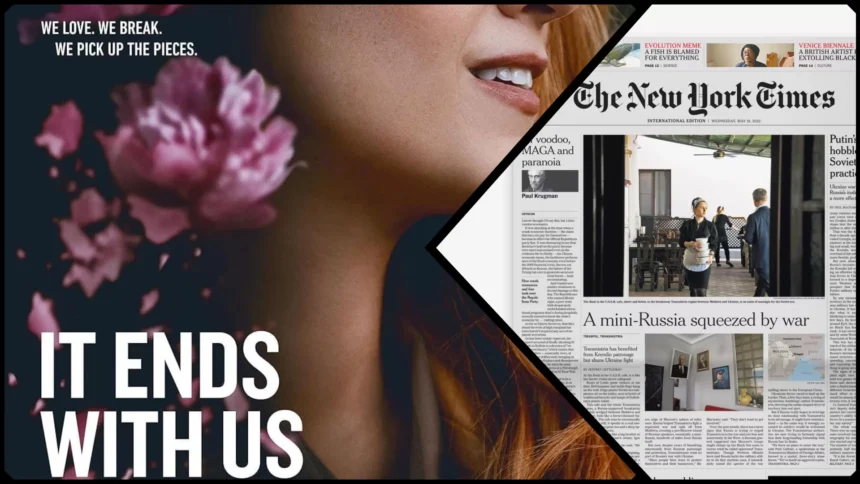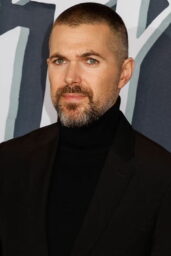A Legal Drama Unfolds: Hollywood's glitzy world has collided with courtroom intrigue as “It Ends With Us” co-star and director Justin Baldoni, alongside nine other plaintiffs, takes on The New York Times in a $250 million lawsuit. At the center of this legal battle is a scathing 4,000-word article titled “We Can Bury Anyone,” which sent shockwaves through the film industry. The article, published earlier this month, alleged that Blake Lively faced months of sexual harassment and retaliation during the production of the film.
The fallout was immediate and severe. Within hours of the article's release, Baldoni's talent agency, WME, severed ties with him, and speculation about the claims dominated headlines. Publicists Melissa Nathan and Jennifer Abel, along with producers Jamey Heath and Steve Sarowitz, joined Baldoni in accusing the newspaper of cherry-picking evidence and misrepresenting communications to support its narrative. The plaintiffs contend that the Times deliberately painted them in a false light, stripping vital context from their actions and intentions.
Allegations and Counterarguments: According to Bryan Freedman, the attorney representing Baldoni and the other plaintiffs, the Times relied heavily on Lively's unverified account. Freedman's lawsuit claims the piece ignored contrary evidence and advanced a “self-serving narrative” designed to vilify Baldoni and his collaborators. In a sharply worded statement, Freedman alleged that the article disregarded “abundant evidence” that would have provided a fuller, more accurate picture of events.
The New York Times, however, stands firmly by its reporting. In a response to Variety, the outlet's spokesperson described the article as “meticulously and responsibly reported” and pledged to “vigorously defend against the lawsuit.”
Lively's Perspective and Broader Implications: Blake Lively has not remained silent in the wake of these developments. Her version of events, detailed in an 80-page letter to the California Civil Rights Department and a federal complaint, paints a harrowing picture of workplace harassment. Her lawyers have dismissed the lawsuit's claims, asserting that it does not undermine her allegations or the evidence she has provided.
This lawsuit raises important questions about journalistic ethics, the power dynamics in Hollywood, and the lengths to which individuals and institutions will go to protect their reputations. If Baldoni and his team succeed, it could have a chilling effect on investigative journalism, particularly in cases involving the entertainment industry. Conversely, if the Times prevails, it may reinforce the vital role of the press in holding powerful figures accountable.
Personal Impressions: As the drama unfolds both on and off-screen, one can't help but reflect on the underlying themes of “It Ends With Us,” a story centered on resilience and confronting painful truths. In this real-life narrative, the stakes are similarly high, with reputations, careers, and perhaps even justice hanging in the balance. Baldoni's decision to pursue such a high-profile lawsuit suggests a deep sense of conviction, but it also underscores the risks of fighting a battle in the public eye.
This case serves as a stark reminder of the fragility of public perception and the immense power wielded by storytellers, whether they are filmmakers or journalists. As a seasoned critic, I find myself pondering the philosophical underpinnings of truth and narrative. Who controls the story? And at what cost do we uncover the truths that shape our shared reality?
Do you believe the media has a responsibility to tread carefully when reporting sensitive allegations, or does the public's right to know outweigh potential reputational harm? Share your thoughts below!












